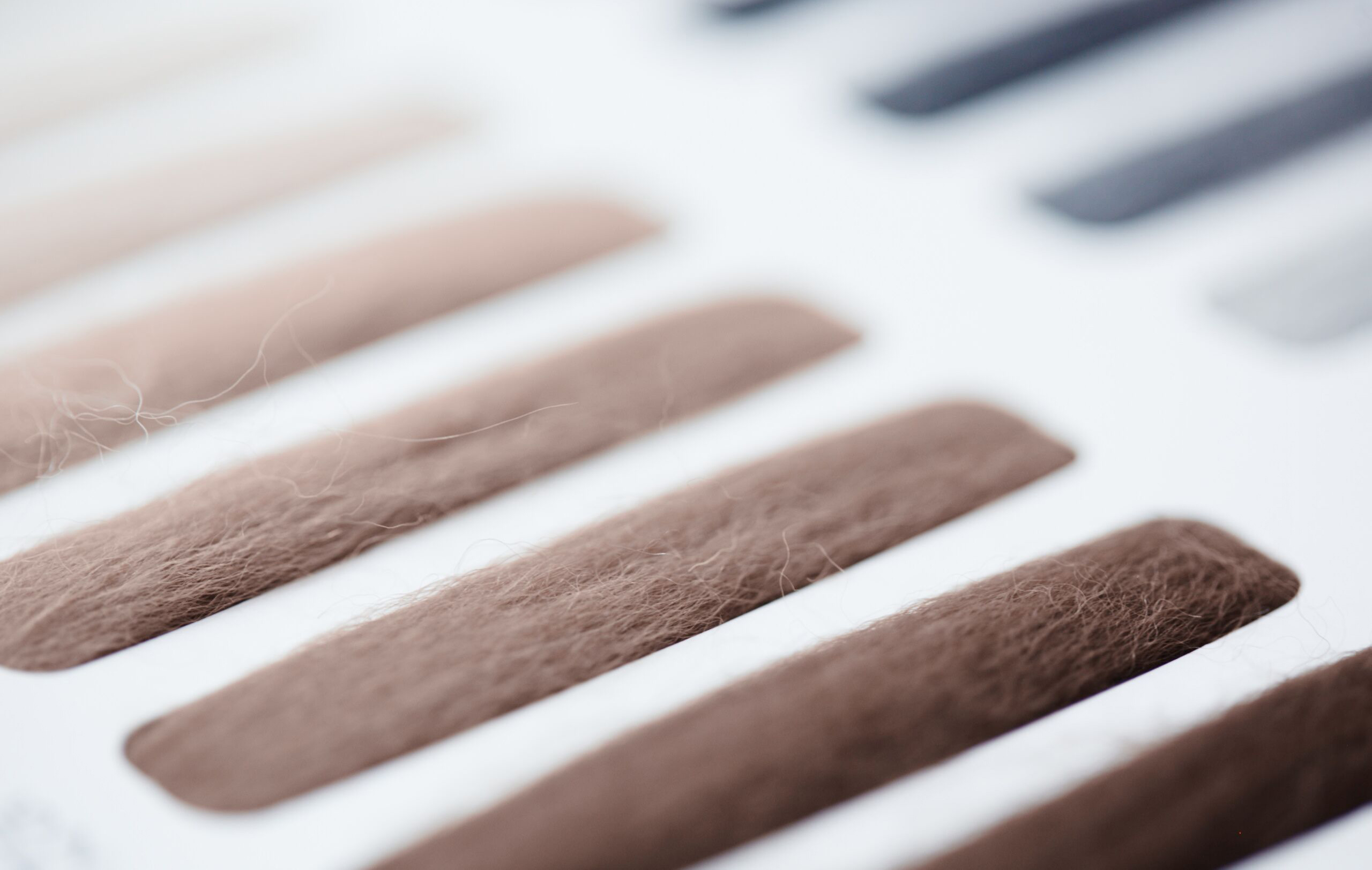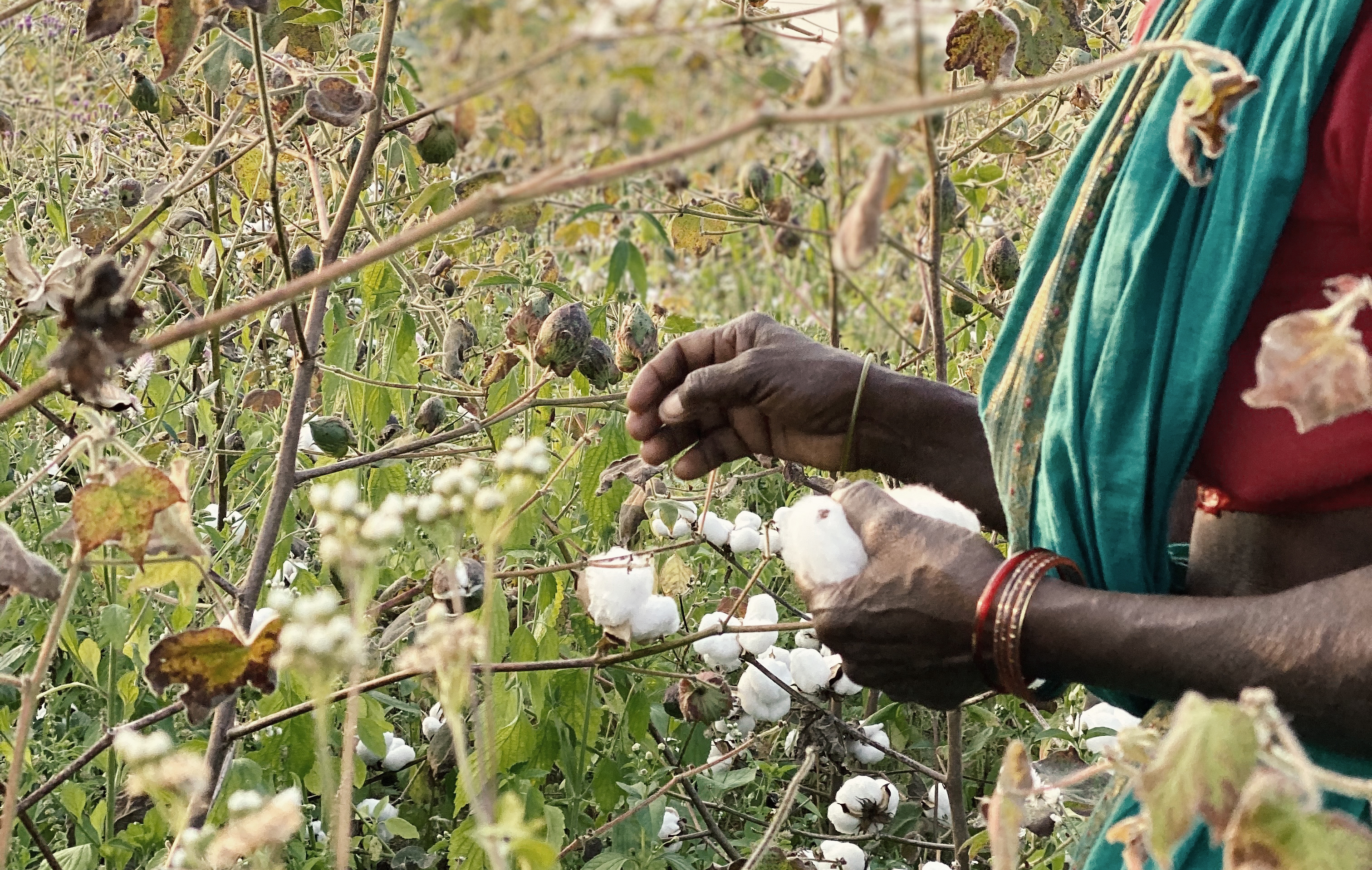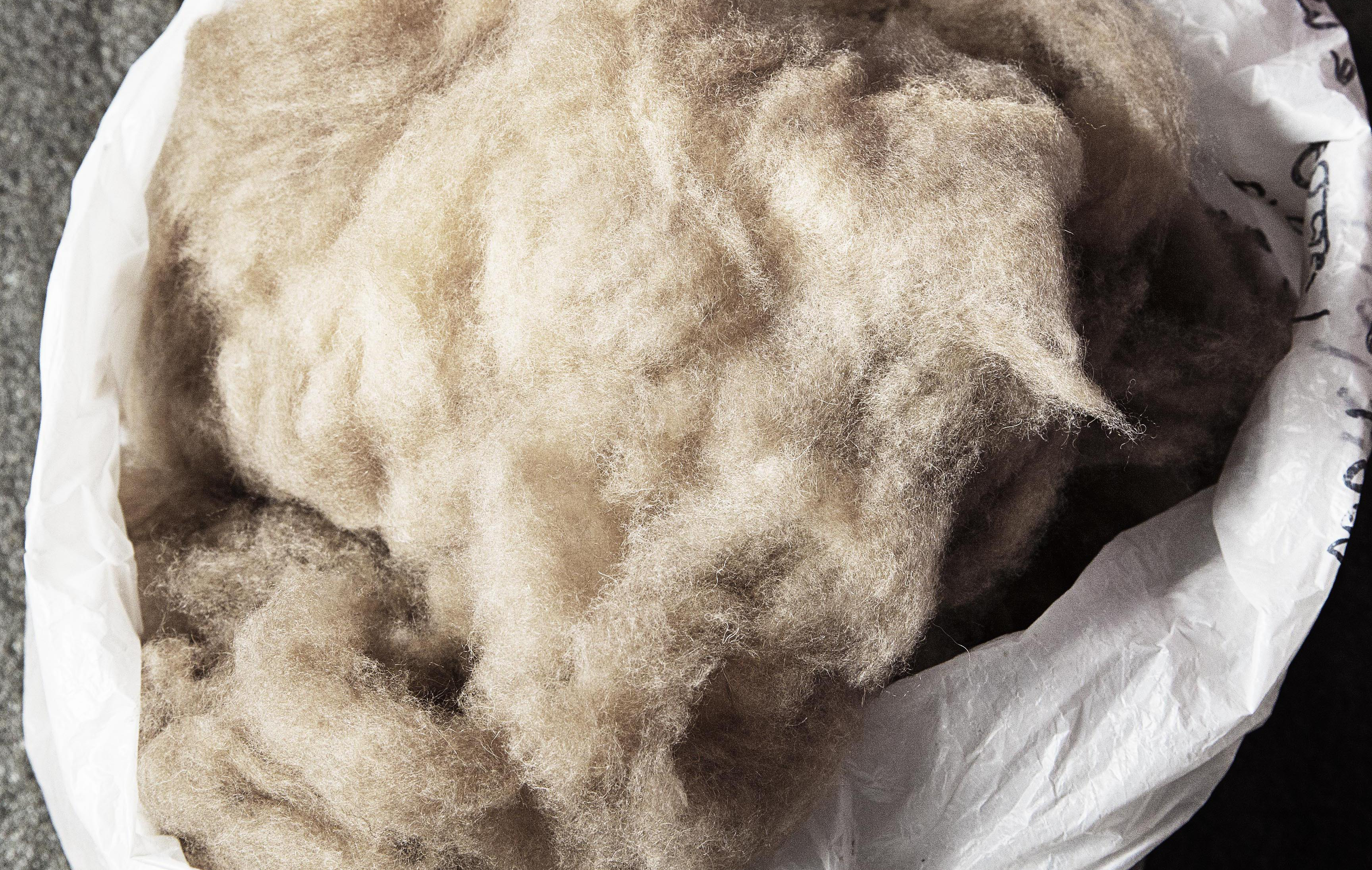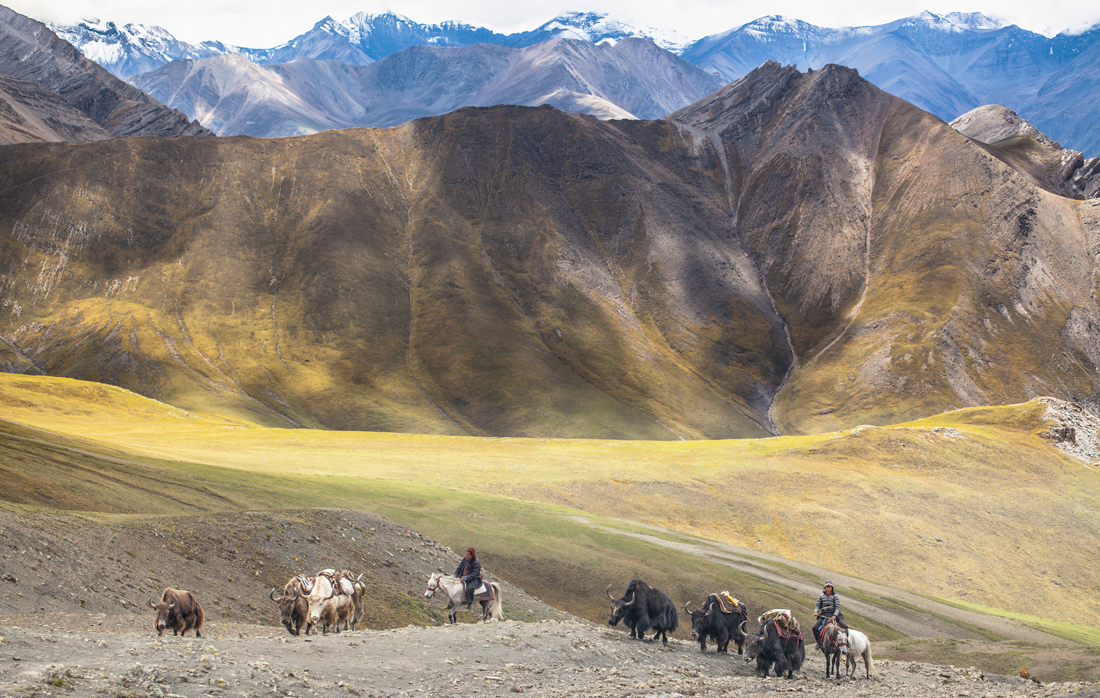
RESPECTING NATURE’S MATERIALS
Aiayu’s use of color stems from our belief that we should only refine what nature has already designed so beautifully. We do this by working with a gentle colour palette that celebrates the natural colour of our materials’ without the extensive use of dyes.
As a first step, we try to integrate the existing colour of a material into the final design as much as possible. And while dying is typically a polluting and water intensive process, all of our suppliers have closed wastewater treatment and recycling systems, where wastewater is cleaned and reused so no polluted water is released back into the environment.
We also strive to work with natural materials in ‘mono-material’ form – meaning an item is made entirely of a natural material. We prioritize working with mono-materials in order to promote responsible end-of-life options for our products. Material choice largely determines the circularity potential of an item as the technology to recycle products made from a mix of synthetic-natural fibers is still very limited. While the vast majority of our products are natural mono-materials, in exceptional situations, we compromise the above dogma in order to fundamentally enhance the function and durability of an item.
LLAMA WOOL
Llama wool is not widely used in the global textile industry, making the production far less industrialized and resource intensive than other more popular animal fibers. Our partner is the only llama wool supplier in Bolivia as they have a patented method of turning llama fiber into the luxuriously soft cashllama and baby llama that we use.
Aiayu’s llamas live on small family farms in the Bolivian highlands where they spend their days freely roaming around their natural habitat. Llamas are considered to be ‘gentle grazers’, meaning they eat relatively little and have ‘soft’ hooves. Their grazing therefore has significantly less of an impact on soil health and native plant biodiversity when compared to other livestock species.
Families in the Bolivian highlands raise llamas not only for their wool, but also for sustenance, fertilizer, and a range of other livelihood activities. Due to the mountainous geography, the highlands of Bolivia are not very agriculturally productive. Because of this, llama farming is a crucial source of income for rural families in the region.


ORGANIC COTTON
There is a reason why cotton is one of the most used fibers in the world – it is naturally soft, strong, breathable and absorbent. This makes it very comfortable against the skin, yet highly durable as it stands up against years of wear and high temperatures. Despite the benefits of wearability and durability, one can not ignore that conventional cotton farming is socially and environmentally unsustainable.
However, cotton can be grown so that it is less impactful on people and the planet. Organic cotton is a step in the right direction – research shows that organic cotton agriculture can improve soil health, use less water, reduce pollution, and improve farmers’ livelihoods. Some studies even show that organic cotton has 25% of the environmental impact of conventional cotton. For this reason, Aiayu exclusively uses 100% organic cotton that is rainfed and GOTS certified.
We buy the vast majority of our cotton from a non-profit collective of organic cotton farmers called Chetna. Chetna teaches their farmers how to grow cotton in a regenerative manner – with practices like crop rotation, the use of non-GMO seeds, and water conservation techniques. They buy all of their farmers’ cotton at stable above-market prices that are set in advance contracts. This ensures that their farmers’ incomes are higher and more reliable.
Chetna also assists conventional cotton farmers who want to switch to organic farming by helping them financially navigate the 3 year transition period. After starting with 294 families 15 years ago, Chetna now supports over 35,852 families – converting more and more farms to organic agriculture each year.
We sincerely wish to take any steps necessary to ensure our cotton farmers can make a fair and decent living, and that our cotton is being grown with the least environmental impact possible.


CASHMERE
Cashmere is very rare material as one goat only yields enough cashmere for one sweater a year. The market for affordable cashmere has risen dramatically in the last decade, which has pushed many cashmere producers to unsustainable levels of scale and industrialization. This has undeniable social, environmental, and animal welfare consequences that we take very seriously.
However, cashmere is a material which is deeply important to the craftspeople of Nepal and the surrounding region – where the traditional ways of raising cashmere goats is still very much practiced. We want to support these traditional herders, craft communities, and Nepal’s budding textile industry by producing a limited line of cashmere products. However, we commit to treating cashmere as the highly precious material that it is – meaning, we use it very intentionally in a small number of pieces where its unparalleled softness can be fully appreciated.
Aiayu’s handspun cashmere fibers come from nomadic goatherds which roam between the Himalayas and the Tibetan Plateau. Small nomadic goatherds are the most responsible sources of cashmere because their limited size and regular movement means the grazing capacity of the land is not exceeded, resulting in healthier grasslands and goats.
However, the yarn for our machine knit cashmere products is sourced from a trusted supplier of high-grade cashmere in China. This is because Nepal’s textile industry does not currently have the technological capacity to spin cashmere fiber into very fine yarn. We have been involved in non-profit projects to build the capacity of Nepal’s textile industry to include spinning, and we are eagerly awaiting the moment when we can source our machine knit cashmere yarn domestically.
To reduce the impact of our virgin cashmere use, our machine knit cashmere products are blended with a 40% mix of linen. Linen is a highly sustainable material as it can be grown in almost any climate, is naturally pest resistant, and requires very little water. Blending our machine knit cashmere with linen also increases the durability of the delicate cashmere fibers while maintaining its softness and natural beauty.


YAK WOOL
The yak is an amazing creature which lives in the remote highlands of the Himalayas, Tibet, and Mongolia. Aiayu exclusively uses the finest and softest fiber from the yak’s undercoat. When treated properly, yak fibers can feel as soft as cashmere, yet be as strong and warm as llama wool.
We source our yak wool from the “Green Gold” project, a Swiss development program which organizes cooperatives of nomadic Mongolian herders. The project helps traditional herders earn a more stable living from artisanal fiber production of heritage Mongolian breeds – like yak and Sartuul sheep.
The program has a deep commitment to practicing sustainable grazing management and is actively working to restore and protect Mongolia’s grasslands. Similar to Aiayu’s llamas, our yak roam freely in their indigenous habitats, grazing in a much gentler way than industrially farmed livestock.